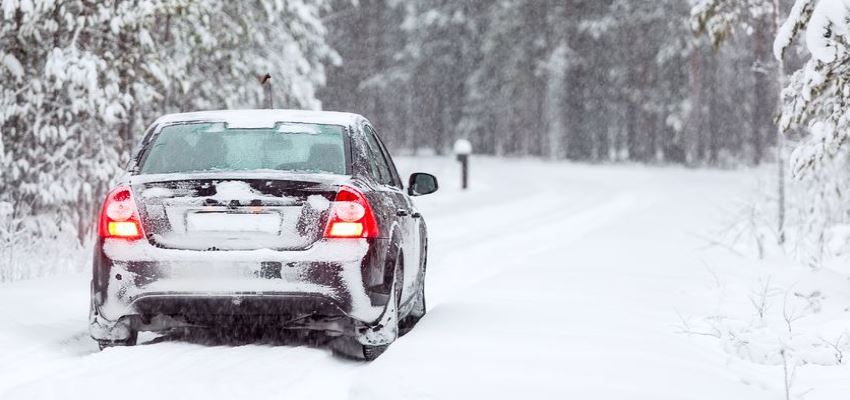Protecting Your Car from Road Salt and Winter Weather
It’s winter, and for us ‘New Englanders’, it means snow and terrible driving conditions. Many Connecticut cities and counties put down salt on the roads, which lowers the freezing point of the water that hits that road and keeps snow and sleet from icing up the roads and making for extremely dangerous driving conditions. And while most of us would much rather prefer a little salt on the road than ice, it also means that our cars are likely picking up a lot of road salt and moisture, which accelerates the erosion and oxidation of both the composite and metal components.
There are, luckily, quite a few ways to protect your car from damaging road salt and from the stress of winter weather in general (some of which, M&M Auto can help with!).
- Wax before it snows. The wax will help to prevent corrosive salt from getting anywhere near your paint or metal. Ideally, this is done before the snow / salt season hits but If you’ve already had some snow this year (as CT has), don’t fret! It’s never too late to protect your vehicle.
- Stay out of splash zones. The number one way to get salty water on the metal components under your car is to splash through a puddle or piles of salted slush. Your wheels, just by their design and function, will kick that moisture and salt up under your car, while if you had avoided those areas, you may still get a little salty water up there, but definitely not as much, nor as quickly.
- Don’t go out as soon as the storm ends. If you have to get to work, then go, but if you can wait a few hours before heading to the mall or out on other errands, do it. Not only will this give the snowplows time to get most of the snow off of the road, it will prevent your car from being the first to churn up a new layer of road salt. Instead, give other cars the chance to heat up the road, melt the ice or snow, and push it off to the sides of the pavement before you venture out.
- Don’t go out in deep snow. Unless you drive a monster truck, don’t go out in snow that will scrape along the bottom of your car. Not only is this seriously dangerous to drive in, it also means that whatever salt is being laid out over that snow is going to be scraped right into the underbelly of your car. It’s the fastest way to get snow into some of your most vital components. If you can avoid driving in a deep layer of snow, it will prevent you from getting unwanted road salt into your car’s moving parts.
- Wash your car. While some may think it’s silly to wash your car in winter, if you ever have a day above freezing and you have enough time to wash the car and let it dry before temperatures dip below freezing at night, get out and wash that car, removing all traces of salt and snow from all visible areas. Wait until the day is above 40 degrees and then make sure that the locks and interior parts of the door are dry so they won’t freeze shut overnight. Every time you get one of these days—above 40 degrees and dry—wash your car manually or go in and have it washed professionally, as long as the car wash makes sure to spray down the undercarriage. To those of you who can’t bear the temperatures, we can give your vehicle the cleaning it needs in our indoor facility!
- Vacuum the carpets. It isn’t just the metal parts of your car that are going to be damaged by salt. The carpets inside your car can also be damaged by the abrasive salt that you track in when you get in your car after crossing a parking lot or street. Make sure to thoroughly vacuum your carpets to prevent this damage.
- Invest in snow tires. If you really want to improve your car’s winter drivability, invest in snow tires. Snow tires aren’t just a gimmick to get you to pay for another set of tires, they really do make a difference, especially if your area gets a lot of snow. If you often have to commute or run errands in snow weather, snow tires can make a serious difference. They have deeper tread, which allows them to grip the road better, even in icy conditions. Even just tapping the bumper of the car in front of you can leave a scrape on your car that invites rust, propelled by road salt and winter moisture.
- Fix rust spots. Even if you don’t live in a humid climate, chips in your paint and unpainted metal components may eventually develop rust. That’s what metal does when exposed to moisture and oxygen, it rusts! If you see a rust spot developing, have it looked at and addressed as soon as possible. Once rust gets going, it can quickly spread, if you don’t take care of it. Have M&M Auto Detailing take a look and will give you our expert opinion.
We hope these tips keep your car from generating rust this winter. Stay warm and safe drivers!
—
M&M Auto Detailing

